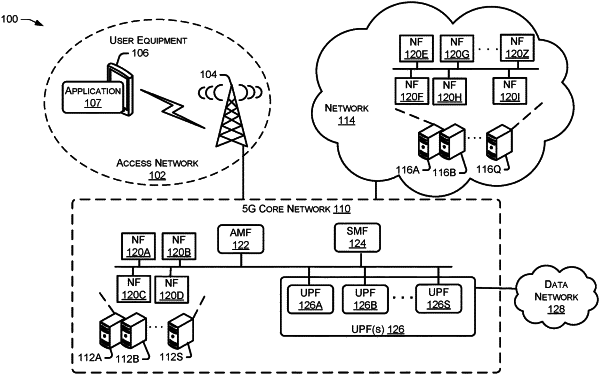| CPC H04W 76/27 (2018.02) [H04L 41/0816 (2013.01); H04W 52/365 (2013.01); H04W 72/04 (2013.01); H04W 76/15 (2018.02); H04W 88/06 (2013.01)] | 20 Claims |

|
1. A system comprising:
one or more processors;
a memory; and
one or more components stored in the memory and executable by the one or more processors to perform operations comprising:
selecting a first mode of a communication session for a User Equipment (UE) within a 5G cellular network, wherein the first mode is selected from a New Radio (NR) Dual Connectivity (DC) mode and a NR Carrier Aggregation (CA) mode;
establishing the communication session between the UE and one or more nodes within a cellular network that uses the first mode;
accessing one or more network conditions associated with performance of the UE within the cellular network, wherein the performance is associated with transmission of data within the cellular network, wherein the one or more network conditions include at least a transmission power of the UE;
determining to switch the first mode to a second mode based, at least in part, on the one or more network conditions and on one or more of an available bandwidth or current usage statistics of the cellular network, wherein the second mode is one of the NR DC mode or the NR CA mode that is different from the first mode;
reconfiguring the UE to use the second mode; and
using the second mode for communications associated with the UE.
|